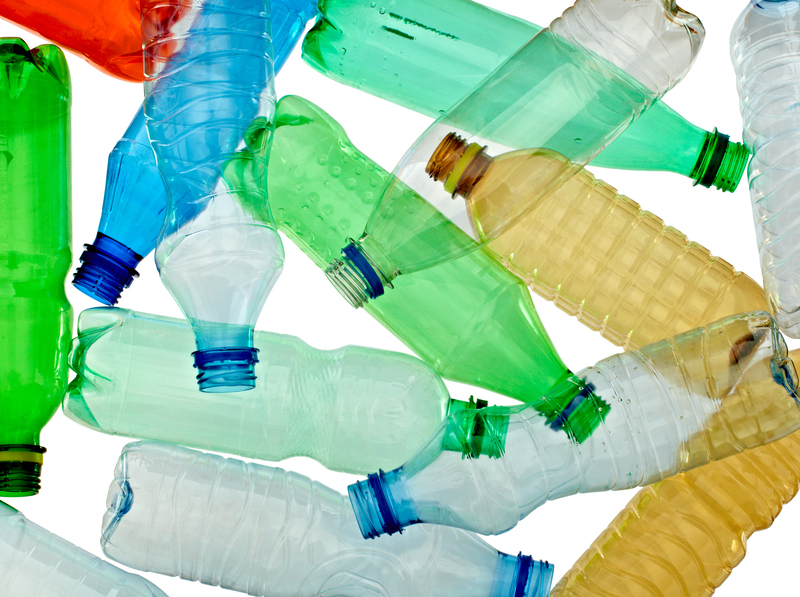In today's world, where environmental concerns are at the forefront of global discussions, creating an eco-friendly home is not just a trend--it's a necessity. By transforming your living space into a green home, you contribute significantly to the health of our planet while enjoying long-term cost savings. In this comprehensive guide, we will explore various strategies to develop a more sustainable household and in doing so, pave the path towards a greener future.
What is an Eco-Friendly Home?
An eco-friendly home, often referred to as a green home, is designed to have a minimal impact on the environment. These homes incorporate sustainable building materials, energy-efficient appliances, and resource conservation techniques to reduce carbon footprints. Here are the key features that characterize an eco-friendly home:
- Energy efficiency: Using less energy to perform the same tasks, reducing energy waste.
- Water conservation: Methods that minimize water usage and waste.
- Sustainable materials: Building materials that cause less environmental harm.
- Indoor environmental quality: Ensuring a living space free from toxic chemicals and with good air circulation.

The Benefits of an Eco-Friendly Home
A green home offers numerous advantages not only to the environment but also to its inhabitants. These benefits are diverse and deeply impactful:
- Lower Utility Bills: Energy-efficient appliances and systems significantly reduce electricity and water bills.
- Improved Health: Eco-friendly homes use non-toxic materials and have better ventilation systems, contributing to healthier living conditions.
- Positive Environmental Impact: By reducing energy use and employing sustainable practices, eco-friendly homes contribute to decreased pollution and natural resource conservation.
- Increased Property Value: As demand for sustainable living increases, green homes are likely to fetch higher resale values.
How to Create an Eco-Friendly Home
Creating a sustainable home may seem daunting at first, but it can be broken down into manageable steps. Here's how you can start transforming your home into a more sustainable one.
Energy Efficiency
Improving energy efficiency is one of the most effective ways to make your home greener. Here are some key strategies:
- Install LED Lighting: Replace traditional incandescent bulbs with LED lights, which use at least 75% less energy.
- Use Smart Thermostats: Smart thermostats learn your schedule and adjust temperatures accordingly, reducing energy consumption.
- Upgrade Insulation: Proper insulation in your home's walls, attic, and floors helps keep the temperature steady, reducing heating and cooling needs.
- Invest in Energy-Efficient Appliances: Appliances with the Energy Star logo meet energy efficiency guidelines set by the U.S. Environmental Protection Agency.
Water Conservation
Conserving water is another crucial element of an eco-friendly home:
- Low-Flow Fixtures: Install low-flow faucets, showerheads, and toilets to significantly reduce water usage.
- Rainwater Harvesting: Collect rainwater for gardening and landscaping needs.
- Fix Leaks: Repairing dripping faucets and leaky pipes can save gallons of water daily.
Utilizing Sustainable Materials
The materials used in your home can greatly impact its sustainability. Consider these options:
- Recycled Materials: Use recycled or reclaimed wood, metal, and glass to reduce the demand for new raw materials.
- Bamboo Flooring: Bamboo is a rapidly renewable resource, making it an excellent sustainable flooring option.
- Non-Toxic Paints: Choose paints with low or no volatile organic compounds (VOCs) to improve indoor air quality.
Enhancing Indoor Environmental Quality
A critical component of a green home is maintaining a high standard of indoor air quality and comfort:
- Ventilation Systems: Use energy recovery ventilators (ERVs) to improve air circulation without losing energy efficiency.
- Houseplants: Incorporate indoor plants that naturally purify the air, such as spider plants and peace lilies.
- Natural Light: Maximize the use of natural light through large windows and skylights to reduce reliance on artificial lighting.
Future-proof Your Home for Sustainability
Creating an eco-friendly home does not stop at immediate changes. It's an ongoing process that involves constant learning and improvement. Here are a few more advanced ideas:
Renewable Energy Sources
Invest in renewable energy sources to power your home sustainably:
- Solar Panels: Harness solar energy to significantly reduce your home's dependency on fossil fuels.
- Wind Turbines: If your location permits, wind turbines are another effective way to generate clean energy.
Sustainable Landscaping
Beyond the interior, consider sustainable gardening and landscaping:
- Native Plants: Use local plant species that require less water and maintenance.
- Composting: Reduce waste and enrich your garden soil by composting organic kitchen scraps.

Challenges and Solutions
While the benefits of eco-friendly homes are plentiful, there are challenges associated with transitioning towards a greener household:
Initial Costs
One of the primary concerns is the upfront cost of eco-friendly upgrades. However, this can be mitigated by:
- Gradual Implementation: Make changes gradually to spread out costs over time.
- Financial Incentives: Utilize government rebates and incentives for energy-efficient upgrades and renewable energy installations.
Awareness and Knowledge
Lack of awareness about sustainable practices can hinder the process. Combat this by:
- Educating Yourself: Seek out resources, workshops, and seminars on sustainability in home design and living.
- Community Engagement: Join online forums and local groups focused on sustainable living to stay informed and motivated.
Conclusion: Embrace a Greener Tomorrow
Creating a greener future with an eco-friendly home is within reach. By implementing even small changes, you contribute to reducing environmental impacts and promoting sustainability. The journey towards a sustainable home not only benefits the planet but also brings long-term economic and health benefits. With each step you take, you come closer to achieving a brighter, cleaner future. Start today and be a part of the movement towards a sustainable tomorrow.